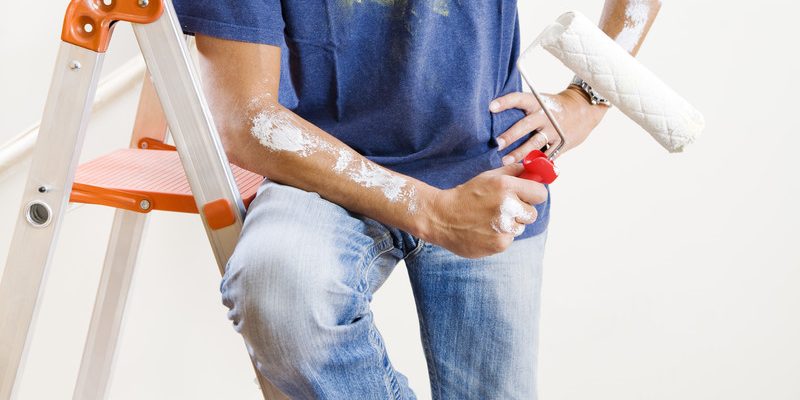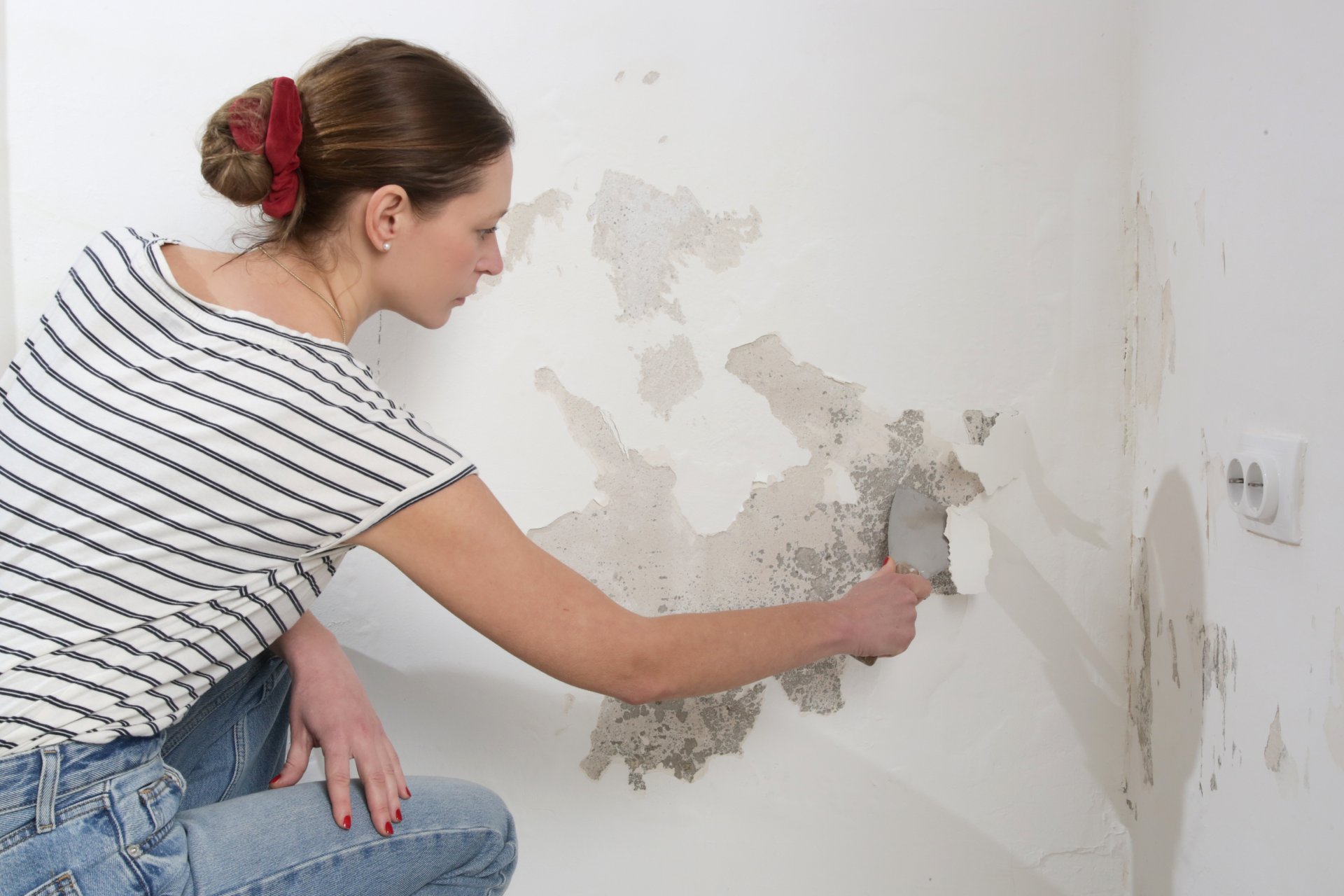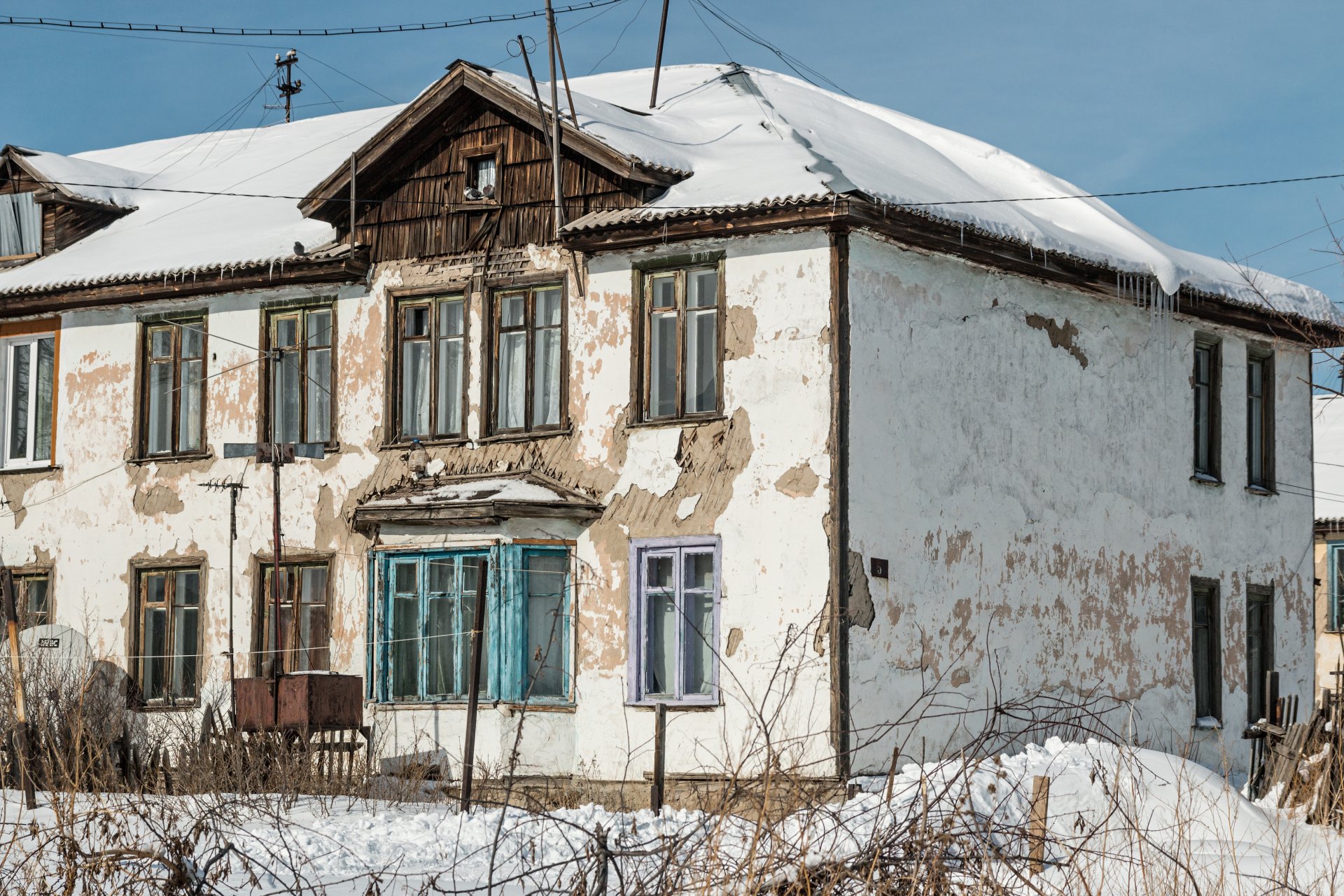While smooth paint textures are classic and elegant, there are times when a room needs a bit more style. That’s where texture paints come in
If asked to imagine the wall texture of a residential or commercial building, one would most likely think of smooth, uniformly colored walls. They would not be wrong; the majority of painted walls do in fact feature simple, smooth colored walls.
While smooth textures are classic and elegant, there are times when a room needs a bit more style. That’s where texture paints come in.
Paint can be used in a variety of ways and customized to create different looks and feels. Depending on the aesthetic you want, special materials and finishes can be used to create unique looks that catch the attention of your home guests, customers, and employees.
There are many varieties of textured paints to use in your home. Some of the most common are smooth, sand, knockdown, and popcorn. Each gives a different look to your walls
To make the interior or exterior of your structure look unique and stand amongst the crowd, commercial painting services are recommended. There are several varieties of paint textures that can be used to give your walls a distinct look. Professionals can use these textures to create astounding patterns that truly inspire.
Aside from their inherent design value, texture paints offer several advantages. Texture paints are typically water-based, making them less toxic than oil-based paints. An additional advantage is that many textured paints can be easily cleaned, allowing your walls to look fresh and new for years longer.
Popular Varieties of Textured Paints
Smooth: This common texture gives a lighter effect when used on ceilings as well as walls.
Sand: Sand adds a gritty texture to the paint and gives walls and ceilings a consistent look.
Knockdown: This finish texture creates a rough, whimsical design that mimics natural materials, is quite durable and can be applied in almost any color you desire.
Popcorn: Paints with a popcorn finish are heavy and deaden sounds – it is often sprayed onto ceilings.
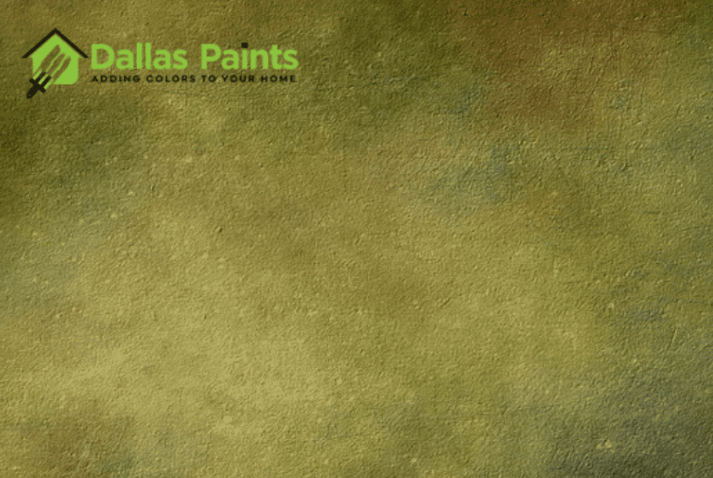
There are multiple ways of using textured paints to spice up your walls. This is achieved with the use of different tools and a variety of paints.
Some of the tools used include specialized brushes for painting, sponges, paint rollers, styluses and spatulas. If you’d prefer to do some painting on your own, be sure to use the proper techniques with the appropriate tool to achieve the desired result.
The paint used can either be pre-mixed, “ready to use”, or made at home by adding the texture. Many paints are available “ready to use” and can be applied directly onto the wall’s surface. They contain different materials that have the characteristics to match the look you are going for such as lace, ribbon, sandstone, leather or even suede.
To get the look of textured walls without actually texturing them, you can use textured paint or tools and household items to create designs specifically for your home
Such paints can be applied using a paint roller or paintbrushes. You’ll often need to apply two coats, working quickly so that the paint is spread evenly on the surface and lines do not appear at intersections. If you’re not sure if you can work that quickly, consider working with a professional that can ensure it looks even and correct.
To create your own original textured paint, simply add your own materials to the paint. For example, adding silica sand to paint gives it a consistent texture that looks great on walls and ceilings of homes or businesses. Another option is sawdust, which adds a bit of bulk but similarly mimics the texture of sand.
Do You Have to Texture Walls Before Painting?
While you certainly can, it is not necessary to apply texture to walls before painting. You can simply buy textured paint which requires no changes to the wall’s structure. Because textured paint is often used – and designed – to cover up imperfections and irregularities on walls, it is not necessary to texture the wall in order to achieve the look you desire.
You can also use tools and household items to create unique designs on wet paint. Professionals have specialized tools that are capable of making intricate textures and patterns on any painted surface, giving your home or business a splash of beauty and elegance.
Texture Paint Finishes
Texture paint finishes are paints mixed with a material that creates a textured effect. These can either be pre-mixed or manually mixed before applying them to walls and are available in various colors.
They can be applied to different surfaces, require little maintenance and are also more durable – withstanding more human interaction than regular paints.
Additionally, they can be applied in several ways to achieve various aesthetics, including ornate looks similarly offered by wallpapers – without the hassle of installing wallpapers.
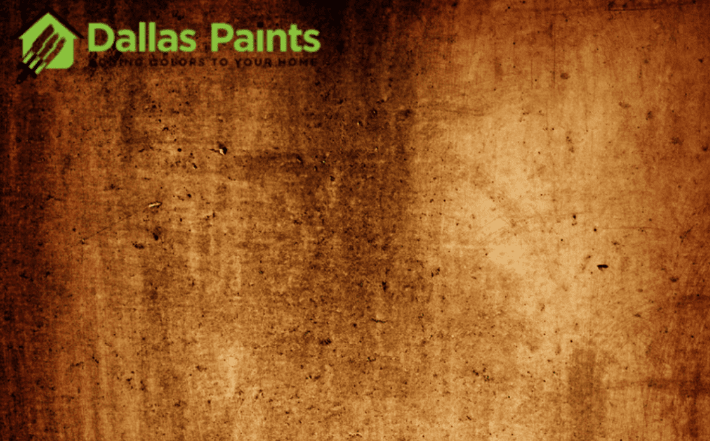
How To Paint With Sand Texture Paint
Let’s take a closer look at the two phases of sand textured paint, one of the most popular textured paint varieties due to its ease of use and distinct look.
- Preparing the Paint:
Using a flat paint color, mix in silica sand to create the desired, uniform consistency. Alternatively, use pre-mixed paints that can be opened, stirred, and applied to the walls using whatever method you choose.
Pre-mixed paints are available with silica sand in different sizes – fine, coarse, or medium. This doesn’t offer much flexibility for personal precision. Mixing your own paint, however, allows you to control the size and amount of sand, enabling more precision to achieve your desired texture. That being said, if you do choose to mix your own paint, it may be best to get some professional assistance. It can be difficult to mix the paint to achieve your desired look, and you don’t want to waste materials, time, and money.
A professional residential or commercial painting service can create a mixture that looks neat and adds to the aesthetic of an interior wall, ceiling, or exterior surface.The paint used can be any color and finish you choose to enhance the look of your home or commercial space. It will need to be either waterproof or latex, otherwise added sand can cause paints to become runny.
- Applying the Paint:
Sand textured paint can be applied using a foam roller or a low-pile roller. After applying the first coat, let it dry before applying the second. In some cases, a third coat will be needed to ensure the whole wall is covered. To confirm the number of coats required, consult an expert in interior and exterior painting near you.
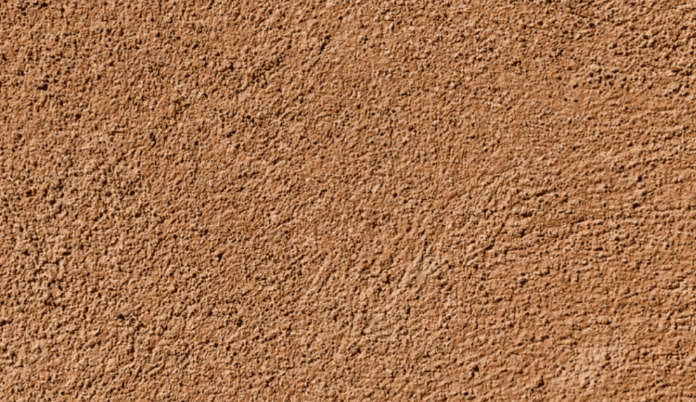
Receive Professional Assistance
If you want to make sure that your building looks professional and elegant, whether it is your private home or place of business, working with experienced experts is highly recommended.
Engaging professional assistance may be an especially good idea if you:
Have several rooms that need painting. With a team of professionals, these will be done in no time.
It is highly recommended to hire professional painters to get the most professional and beautiful looks for your textured walls; especially if you have multiple room or picking the best color or designs
Need advice picking the best color scheme and paint texture style for your building. With the experience of painting different spaces, a professional can point you in the direction of the best-suited design.
Want a specific shade to match your brand or current decor. Simply provide a professional with a color reference and they will mix the paint for you.
Commercial buildings benefit from the help of certified painters. Any commercial property, such as an apartment complex, medical facility, or government building, should receive professional services from experienced and highly skilled painters.
At Dallas Paints, we offer assistance from professionals with exceptional experience at painting the interior and exterior of homes and businesses across the Dallas-Ft. Worth area. Our aim is to ensure that every building we touch receives a high-quality, elegant coat of paint, leaving a positive impression on all who enter or pass.
We offer services for projects large and small, from painting newly constructed commercial buildings to single rooms inside private homes.
To learn more about how to transform the appearance of your building and freshen up interior spaces, speak with one of our professional Dallas painters near you.
We handle every job with efficiency, high-quality service, and using only the best materials.
FAQs - Best Texture Paint Ideas
What does wall texture mean?
Wall textures are strokes, designs, or patterns made from textured paint or a style of painting on a wall that enhance the surface and the surrounding space.
How do you create a wall texture?
You can make wall textures with simple strokes of paint, with the use of stencils, rollers, by using materials like woodworks and stone, or with the use of textured paint.
What are the four types of wall texture?
The four types of wall textures include:
- Tactile
- Visual
- Natural
- Artificial
These can be further combined to give more enhanced alternatives — wall texture designs, color combinations, texture materials, etc.
How to pick the best colored textured paint for walls?
If you have brightly colored furniture, accessories, and décor then you should paint with light color. You may also use light colors in rooms with more light reflection such as browns, greens, and yellows.
Is textured paint the right one?
Although textured paints are widely in use by homeowners, they are sometimes not the ideal paint for some. Hiding of wall damage is made easier with textured paint, especially if you cannot install new drywall again. The textured walls can also be used to create varieties of faux finishes from plaster to concrete.
Is there a special textured paint for walls?
Consider sand texture paint, which contains a very heavy-bodied finish, which is useful in adding gritty texture to surfaces and ceilings. Although you can purchase sand-mixed paint, you can mix paint yourself with a silica sand additive to control the quantity of texture in regular paint.
Should you prime your walls before painting with textured paint?
Yes. It is best to either prime the walls with a latex drywall primer prior to applying any textured paint or mixing the primer into your textured paint.
We recommend adding primer to your texture if you couldn’t prime before you apply texture. Otherwise, if the texture gets wet its bonding will loosen, and the texture will easily
fall off the wall. Priming doesn’t assist the texture to bond; it simply enhances adhesion of the finishing coating.
What is the most common ceiling texture?
Popcorn, or “Cottage Cheese”, is the most popular ceiling texture.
Can you paint on textured paint?
There is no way to paint over a textured wall once the primer is totally dry. It would help if you used the same pile paint you used when priming the wall again. Coat the wall evenly by loading the roller with paint and using the W or M technique again.
What is the usefulness of textured paint?
In the event where you cannot re-drywall, you can hide your wall damage using textured paint, and it can also be used to create varieties of faux finishes from plaster to concrete.
What is the best type of paint to apply when creating a textured ceiling?
The best choice of paint for textured walls or ceilings is flat latex. This is easily applicable to the ceilings using a sprayer or spray-on paint. You can coat paint and make a reflective sheen using glazes. You can also get a little sheen from eggshell and satin finishes.
Can you smoothen textured walls?
Smoothing of textured walls is a very popular process, including skim coating. This process involves spreading a layer of mud, otherwise known as joint compound over the holes, cracks, and bumps in the texture to effectively create a smooth surface.
How do remove heavy texture from walls?
To get a texture off a wall, first spray part of the wall with water, allow the water to soak in a few minutes, then use a scraper or drywall blade to the surface to scrape off the texture.
Texture Paints in Dallas
Dallas Paints is a leading professional painter specializing in textured paints in the Dallas region. Our representatives will gladly answer any questions you may have regarding texture paints for your home or business and any home design projects you are planning.
Contact us now for a more information and a free estimate.

